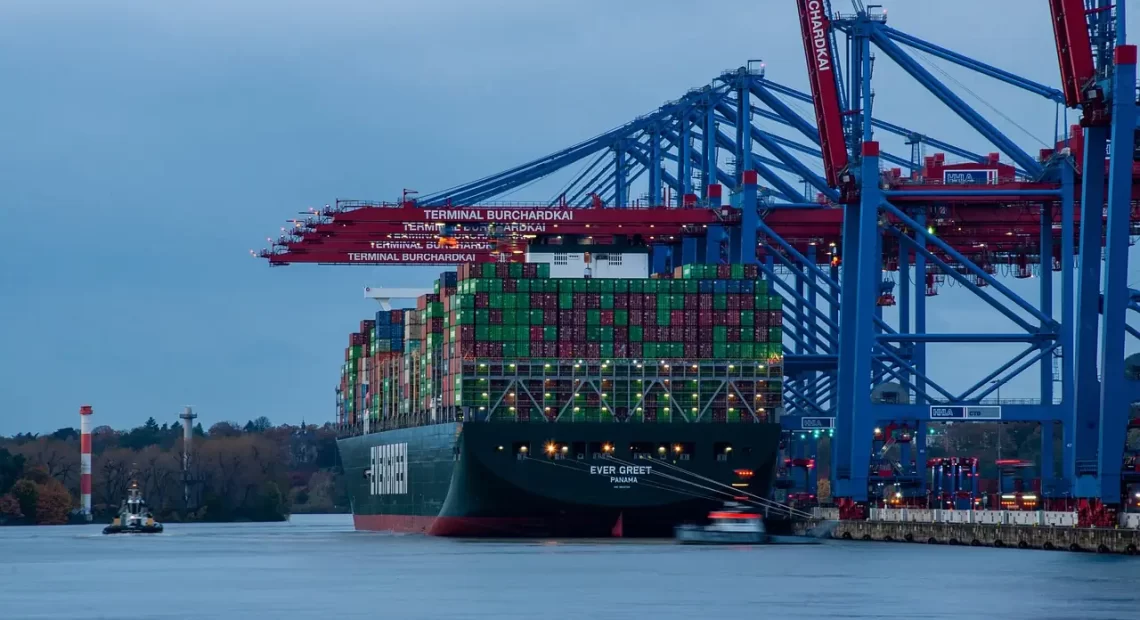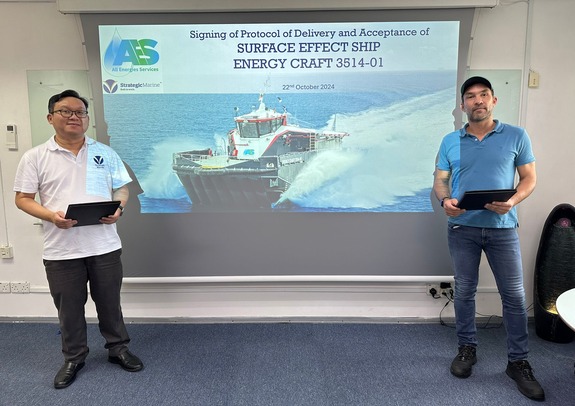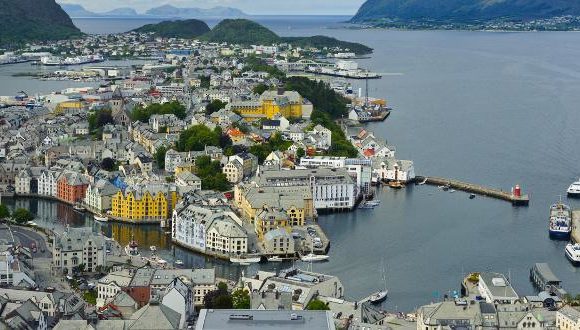Sustainable Shipping Practices and Green Ports

Introduction
In the vast world of international trade, the maritime industry stands as a colossal force that connects nations, cultures, and markets. Yet, this magnificent prowess also comes with a significant environmental price tag. Enter the era of sustainable shipping practices and green ports – a beacon of hope in the quest for a greener maritime industry.
The Challenge of Maritime Ecology
The oceans, once perceived as boundless, are now confronting the daunting consequences of human activity. The maritime industry, responsible for a substantial portion of global greenhouse gas emissions, has reached a crossroads. It must address its ecological impact while maintaining its pivotal role in global commerce.
Sustainable Port Operations
Efficiency That Echoes: Sustainable Cargo Handling
In the heart of every bustling port lies a world of constant motion – cargo handling. Sustainable practices here are a game-changer. Efficient cargo loading and unloading not only reduces fuel consumption but also diminishes air pollutants. Green cranes and eco-friendly loading techniques are at the forefront of this transformative movement.
Shore Power Connections: The Plug-and-Play for Greener Ports
Shore power, also known as cold ironing, is a revolutionary concept. Ships, when docked, switch from running their engines to plugging into an electrical grid. This single act can significantly reduce emissions at ports. As a ship draws power from the grid, it avoids the idling of engines, thereby reducing air pollution and noise.
Sustainable Vessels
The Emergence of Eco-Friendly Ship Designs
Innovative ship designs are at the helm of the sustainability drive. From wind-assisted propulsion to streamlined hulls, vessels are becoming more energy-efficient. Modern ships are often equipped with advanced technologies such as air lubrication systems and lightweight materials to improve fuel efficiency.
LNG-Powered Ships: A Breath of Fresh Air
Liquefied Natural Gas (LNG) is swiftly becoming the fuel of choice for a greener maritime future. LNG-powered ships emit significantly lower levels of sulphur oxides (SOx), nitrogen oxides (NOx), and particulate matter than traditional marine fuels. As a result, they play a crucial role in minimising the ecological footprint of the maritime industry.
Sustainable Initiatives Across the Globe
The Green Port of Los Angeles
The Port of Los Angeles stands as a testament to the green port revolution. It has adopted a Zero Emissions program, where eco-friendly technologies, such as zero emission trucks and electric cranes, are employed to reduce the port’s environmental impact significantly.
The Sustainability Success Story of Singapore
Singapore, one of the world’s busiest ports, has taken a proactive stance on sustainability. The Maritime and Port Authority of Singapore (MPA) introduced the Green Port Program, promoting energy-efficient port operations and cleaner ship fuels. These initiatives aim to transform the port into an eco-friendly hub.
A Blueprint for Sustainable Ports
Renewable Energy Integration
Incorporating renewable energy sources within port facilities is a significant step towards sustainability. Solar panels, wind turbines, and even hydroelectric power are increasingly being used to meet the energy demands of ports, reducing their reliance on fossil fuels.
Smart Technologies and Automation
Smart technologies and automation are enhancing the efficiency of port operations while simultaneously decreasing their ecological footprint. IoT (Internet of Things) devices, AI-driven traffic management, and automated cranes are examples of these advancements.
The Benefits of Sustainable Ports
Environmental Benefits
The ecological advantages of sustainable ports are profound. Reduced emissions of harmful pollutants, decreased noise pollution, and the protection of nearby ecosystems are among the many benefits.
Economic Gains
While it may require initial investments, the shift towards sustainability brings significant long-term economic advantages. Ports that prioritize sustainability often enjoy increased efficiency, lower operating costs, and enhanced competitiveness.
The Global Commitment to Sustainability
International Maritime Organization (IMO)
The IMO is leading the charge for greener shipping practices on a global scale. The organization has set out ambitious targets, including reducing greenhouse gas emissions from ships by at least 50% by 2050. They’re also pushing for the development and implementation of energy-efficient technologies.
United Nations Sustainable Development Goals
The United Nations’ Sustainable Development Goals (SDGs) encompass multiple aspects of sustainability, including the maritime industry. Goals such as “Life Below Water” and “Sustainable Cities and Communities” underscore the importance of sustainable shipping practices and green ports.
Conclusion
In the realm of international trade, where goods and cultures intermingle, sustainable shipping practices and green ports offer a beacon of hope for a cleaner, greener future. As the maritime industry embraces eco-friendly innovations, the horizon of possibilities expands. Through efficient cargo handling, shore power connections, sustainable vessel designs, and global initiatives, the maritime industry is steering towards a more sustainable and environmentally responsible future. It’s a journey where ecology and economics can thrive hand in hand, ensuring the legacy we leave for generations to come is one of responsible stewardship of our oceans and planet.
References
Sustainable transition towards greener and cleaner seaborne shipping industry: Challenges and opportunities
International Maritime Organization (IMO). (2018). “Green Ports: A Handbook for Sustainable Port Development.” IMO Publications.
United Nations. (2015). “Transforming our World: The 2030 Agenda for Sustainable Development.” United Nations General Assembly Resolution 70/1.
Port of Los Angeles. (2020). “Zero Emissions 2025.” Port of Los Angeles Sustainability Program. [URL]
Maritime and Port Authority of Singapore (MPA). (2019). “Green Port Program: Towards a Greener Maritime Singapore.” MPA Publications.
Ports Have A Vital Role To Play In The Fight Against Greenhouse Gas Emissions















